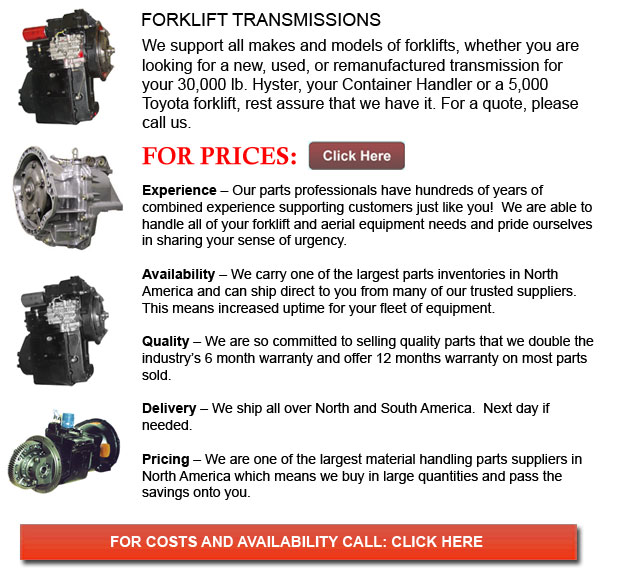
Forklift Transmission - Using gear ratios, a transmission or gearbox offers torque and speed conversions from a rotating power source to a different machine. The term transmission means the complete drive train, along with the prop shaft, clutch, final drive shafts, differential and gearbox. Transmissions are most commonly used in motor vehicles. The transmission changes the productivity of the internal combustion engine in order to drive the wheels. These engines need to operate at a high rate of rotational speed, something that is not appropriate for slower travel, stopping or starting. The transmission raises torque in the process of reducing the higher engine speed to the slower wheel speed. Transmissions are also utilized on fixed equipment, pedal bikes and wherever rotational speed and rotational torque require adaptation.
There are single ratio transmissions which function by changing the torque and speed of motor output. There are many multiple gear transmissions which could shift between ratios as their speed changes. This gear switching could be accomplished manually or automatically. Forward and reverse, or directional control, could be provided too.
The transmission in motor vehicles will generally attach to the engines crankshaft. The output travels through the driveshaft to one or more differentials in effect driving the wheels. A differential's most important function is to be able to change the rotational direction, though, it could likewise provide gear reduction too.
Torque converters, power transmission as well as various hybrid configurations are other alternative instruments for speed and torque adjustment. Regular gear/belt transmissions are not the only mechanism offered.
Gearboxes are referred to as the simplest transmissions. They supply gear reduction frequently in conjunction with a right angle change in the direction of the shaft. Often gearboxes are used on powered agricultural equipment, otherwise called PTO machines. The axial PTO shaft is at odds with the normal need for the driven shaft. This shaft is either horizontal or vertically extending from one side of the implement to another, depending on the piece of equipment. Silage choppers and snow blowers are examples of more complicated equipment that have drives providing output in multiple directions.
The type of gearbox utilized in a wind turbine is a lot more complicated and bigger as opposed to the PTO gearboxes utilized in farm equipment. These gearboxes change the slow, high torque rotation of the turbine into the quicker rotation of the electrical generator. Weighing up to several tons, and depending upon the actual size of the turbine, these gearboxes normally have 3 stages in order to accomplish a complete gear ratio beginning from 40:1 to more than 100:1. So as to remain compact and to distribute the massive amount of torque of the turbine over more teeth of the low-speed shaft, the first stage of the gearbox is typically a planetary gear. Endurance of these gearboxes has been a problem for some time.
![]() Click to Download the pdf
Click to Download the pdf
Forklift Parts
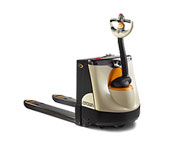
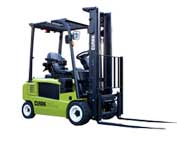
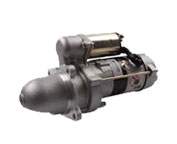
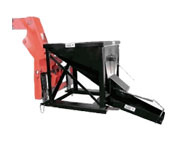
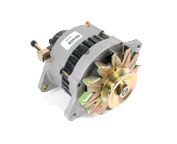
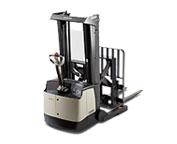
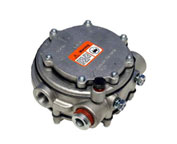
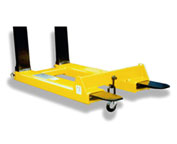
Lift Parts Express
TOLL FREE: 1-888-695-7994
Ogden, Utah
forkliftpartsogden.com
Email Us
About Us


